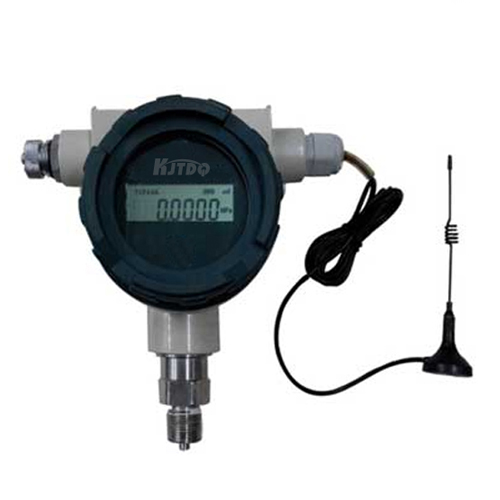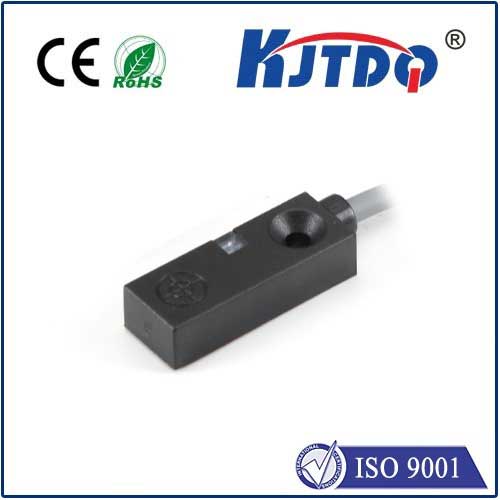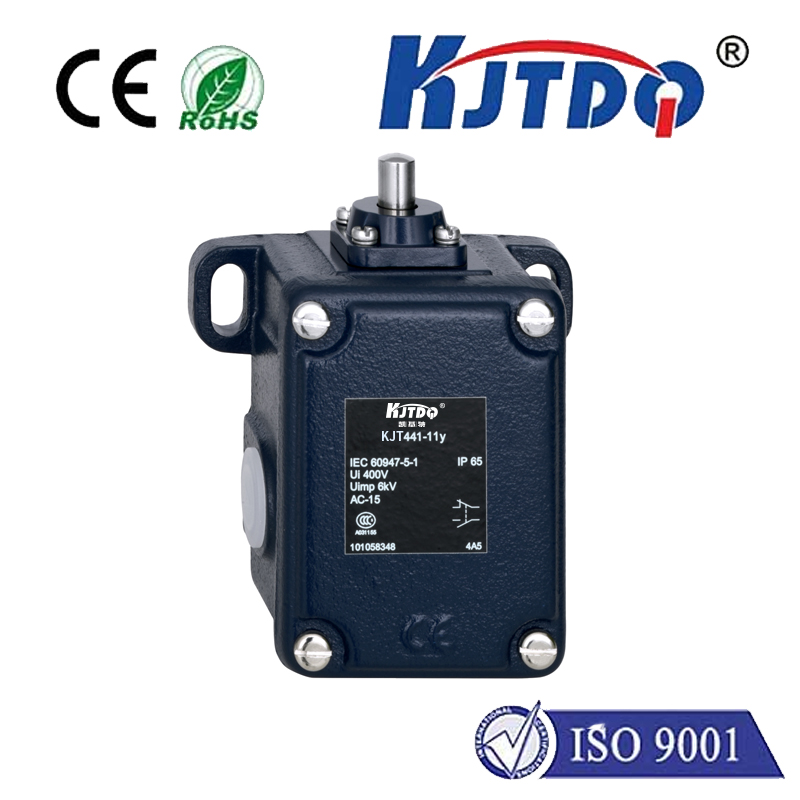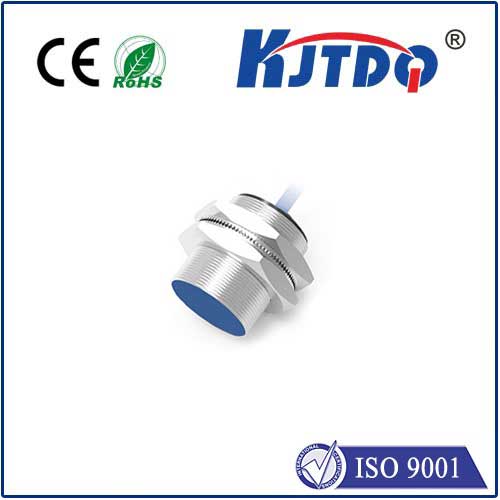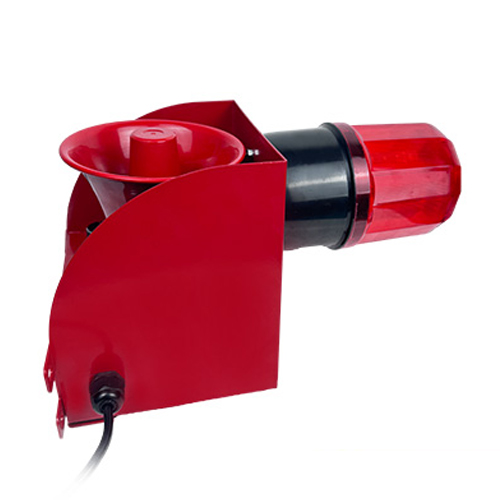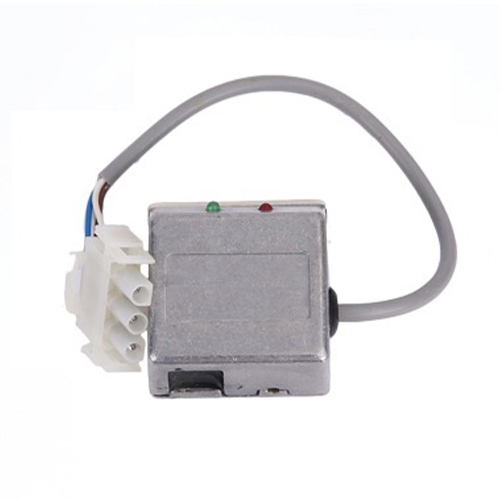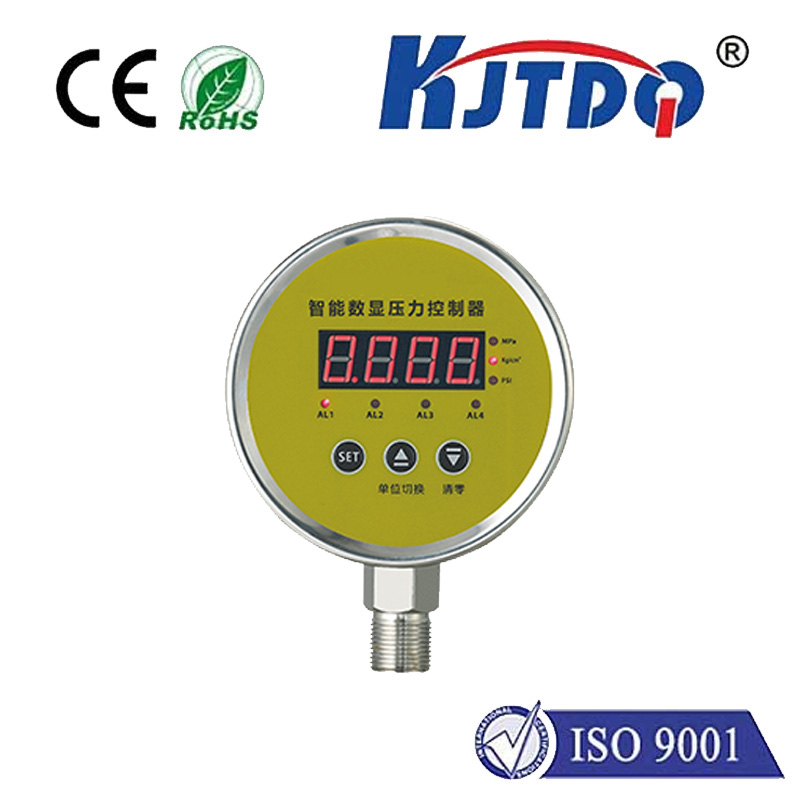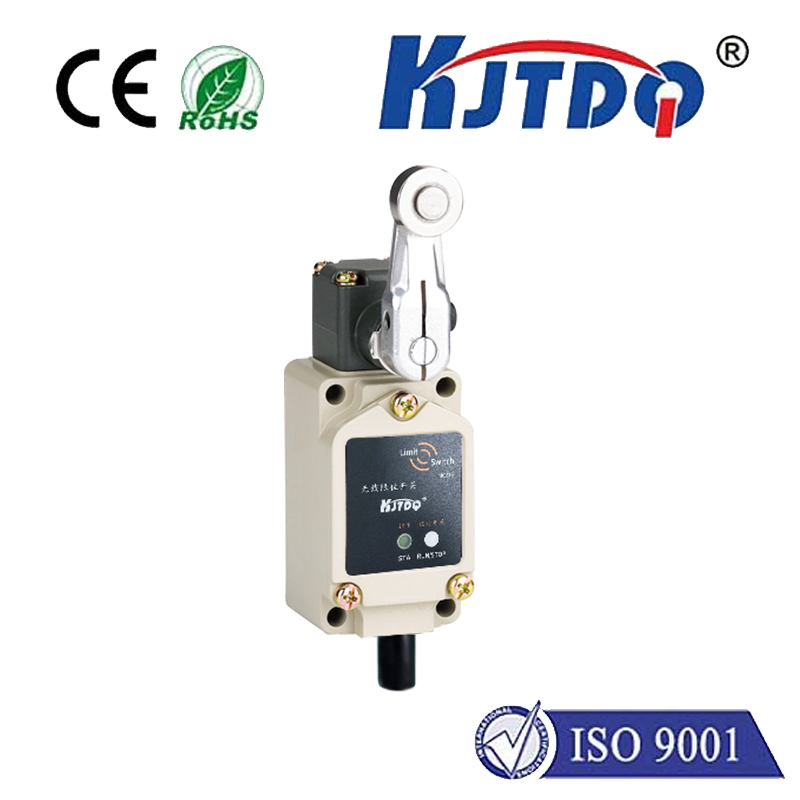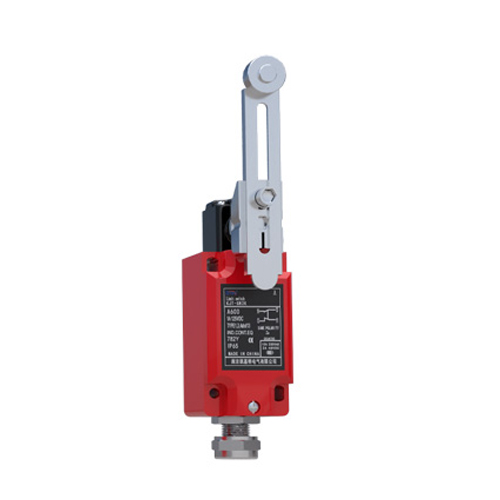Short-Range Laser Technology: Revolutionizing Precision in Modern Applications Have you ever wondered how your smartphone instantly recognizes your face, or how warehouse robots navigate with pinpoint accuracy? The answer lies in a groundbreaking innovation: short-range laser technology. From healthcare to consumer electronics, this advanced tool is reshaping industries by delivering unmatched precision over minimal distances. In this article, we explore how short-range lasers work, their transformative applications, and why they’re becoming indispensable in our tech-driven world.
Short-range lasers are compact, high-precision optical devices designed to operate effectively within distances of a few centimeters to several meters. Unlike long-range lasers used in aerospace or telecommunications, these systems prioritize accuracy, miniaturization, and energy efficiency. They typically emit low-power beams, making them safe for proximity-based applications while maintaining the core benefits of laser technology: coherence, directionality, and monochromaticity. Key components like vertical-cavity surface-emitting lasers (VCSELs) and advanced photodiode sensors enable these devices to excel in confined environments. For instance, VCSELs—used in Apple’s Face ID—emit light perpendicular to their surface, allowing for smaller, more efficient designs.
Short-range lasers have become ubiquitous in smartphones, tablets, and wearables. Face recognition systems rely on structured light lasers to map facial features in 3D, while LiDAR (Light Detection and Ranging) sensors in devices like iPads enhance augmented reality (AR) experiences by scanning surroundings in real time. These technologies depend on the laser’s ability to measure micron-level details within arm’s reach.

In manufacturing, short-range lasers drive precision tasks such as micro-welding, material engraving, and quality control. For example, automotive factories use them to inspect circuit boards or align components with sub-millimeter accuracy. Their rapid response time and minimal heat dispersion reduce errors and boost production efficiency.
Medical devices leverage short-range lasers for non-invasive procedures. Dermatologists use fractional CO2 lasers to treat scars and wrinkles by targeting specific skin layers without damaging surrounding tissue. Similarly, dental lasers enable cavity detection and gum reshaping with unparalleled precision, minimizing patient discomfort.
1. Enhanced Precision Traditional sensors or mechanical tools struggle to match the accuracy of laser-based systems. A short-range laser can detect objects as thin as a human hair or measure distances with nanometer-level resolution—critical for applications like semiconductor manufacturing. 2. Energy Efficiency By focusing energy on a tiny area, these lasers consume less power than broader-beam alternatives. This efficiency is vital for battery-dependent devices like wearables or IoT sensors. 3. Compact Design Advancements in photonics have shrunk laser modules to fit into devices as slim as 5mm. This miniaturization has unlocked new possibilities, from embedding lasers in smartwatches to integrating them into endoscopic surgical tools.
Emerging trends suggest even broader adoption. Researchers are developing ultrafast pulsed lasers for real-time molecular analysis in lab-on-a-chip devices. Meanwhile, the rise of autonomous robots in logistics and agriculture will rely heavily on short-range LiDAR for obstacle detection in dynamic environments. Another frontier is quantum dot lasers, which promise higher efficiency and tunable wavelengths. These could revolutionize fields like quantum computing and hyperspectral imaging. Additionally, sustainability efforts are pushing manufacturers to adopt eco-friendly materials in laser production, reducing environmental footprints without compromising performance. According to a 2023 report by MarketsandMarkets, the global short-range laser market is projected to grow at a CAGR of 8.7% through 2030, driven by demand from healthcare, automotive, and consumer tech sectors.
While short-range lasers offer immense potential, challenges remain. Thermal management in compact devices requires innovative cooling solutions, and cost barriers persist for cutting-edge systems like femtosecond lasers. However, ongoing R&D in photonic integration and AI-driven calibration tools is addressing these hurdles, paving the way for next-gen applications. From unlocking your phone to enabling robotic surgery, short-range lasers are quietly powering the technologies that define modern life. As innovation accelerates, these tiny yet mighty tools will continue to push the boundaries of what’s possible—one precise beam at a time.
